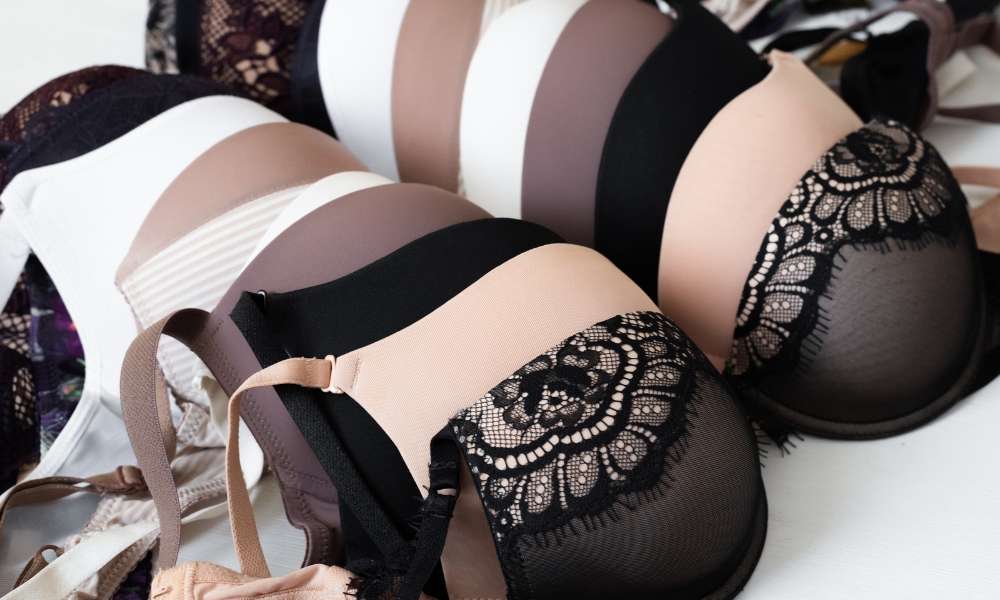Decoding the Dynamics of Botox: A Comprehensive Look at its Use in Cosmetic Medicine
Botox, also known as botulinum toxin, has become a household name in the realm of cosmetic medicine. Initially discovered in the 19th century, it's intriguing how a toxin has found its place in the world of beauty and has become synonymous with youth and charm. The use of Botox for cosmetic purposes has seen a significant rise over the years, despite its potential side effects. A combination of factors such as societal pressure to look younger, advancements in cosmetic procedures, and the influence of social media and celebrity endorsements have contributed to its popularity. This article will delve into the historical context, trends, impact, reception, and unique insights about Botox in cosmetic medicine.

From Toxicity to Therapy
Botox, derived from Clostridium botulinum, was first discovered in the 19th century by Emile van Ermengem. It was initially known for its lethal potency, causing a fatal condition known as botulism. However, in the 1950s, scientists discovered its therapeutic effects. Dr. Alan Scott, an ophthalmologist, found that small, diluted amounts could be used to treat strabismus, a condition that causes misalignment of the eyes. This marked the beginning of Botox’s journey in the medical field. It wasn’t until the late 1980s when Botox found its application in cosmetic medicine, with FDA approval for treating frown lines and wrinkles in 2002.
Botox: The Modern Elixir of Youth
The 21st century has seen a surge in the use of Botox for cosmetic purposes. According to the American Society of Plastic Surgeons, Botox treatments make up the majority of all minimally invasive cosmetic procedures performed in the United States. The allure of quick and visible results, combined with minimal downtime, has cemented Botox’s place in the cosmetic industry. Today, Botox is used to treat a variety of concerns, from forehead lines and crow’s feet to excessive sweating and migraines, highlighting its versatile applications.
The Impact and Reception of Botox
While Botox has become a popular choice for those seeking to reverse the signs of aging, its reception is mixed. On one hand, it is lauded for its ability to provide immediate results with minimal side effects when administered correctly. On the other hand, it has drawn criticism for promoting unrealistic beauty standards and for its potential side effects, including facial paralysis and allergic reactions.
Moreover, despite the rise in its use, there is a stigma attached to Botox treatments. Many people choose to keep their treatments a secret, fearing judgment or criticism. This, in turn, has created a culture of secrecy around the use of Botox, further fuelling the debate around its acceptance.
The Botox Paradox: A Unique Insight
Despite its widespread use, there is a unique paradox associated with Botox. While it is used to achieve a natural, youthful appearance, its overuse can result in an unnatural, ‘frozen’ look. The quest for youth and beauty can thus lead to results that are quite contrary to the desired outcome. This Botox paradox underlines the importance of moderation and the need for well-trained, experienced practitioners in the field of cosmetic medicine.
Botox: A Future Perspective
The future of Botox in cosmetic medicine looks promising. With advancements in research and technology, the scope of its application is continually expanding. Moreover, efforts are being made to destigmatize its use, promoting a more open dialogue about cosmetic treatments and beauty standards. However, it is crucial to ensure that the use of Botox remains balanced, ethical, and safe.
In conclusion, Botox has revolutionized the field of cosmetic medicine, offering a quick and effective solution for those seeking to combat the signs of aging. However, it is not without its challenges and controversies. As we continue to explore and understand the dynamics of Botox, it will be interesting to see how its role in cosmetic medicine evolves in the future.




